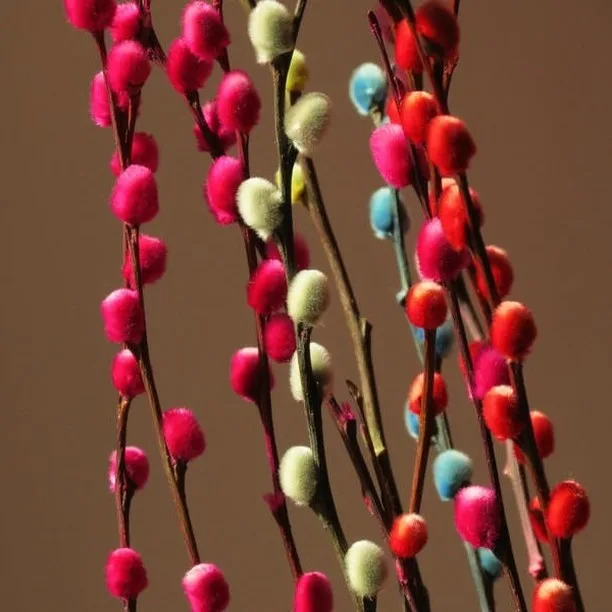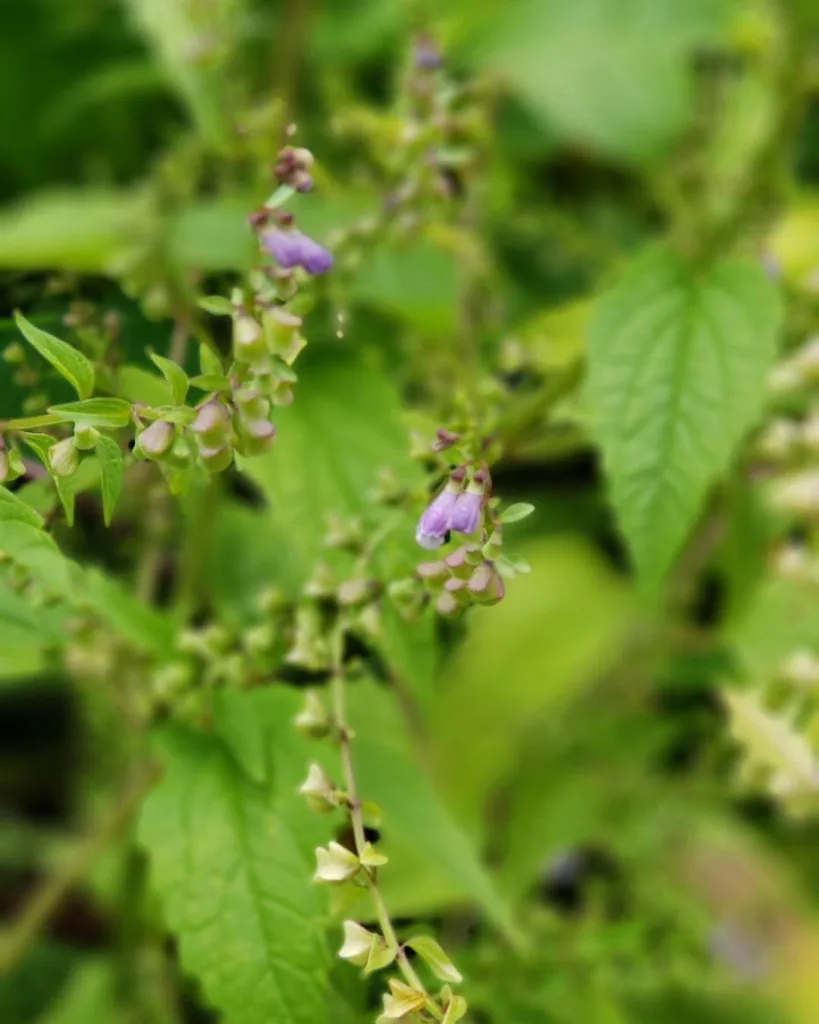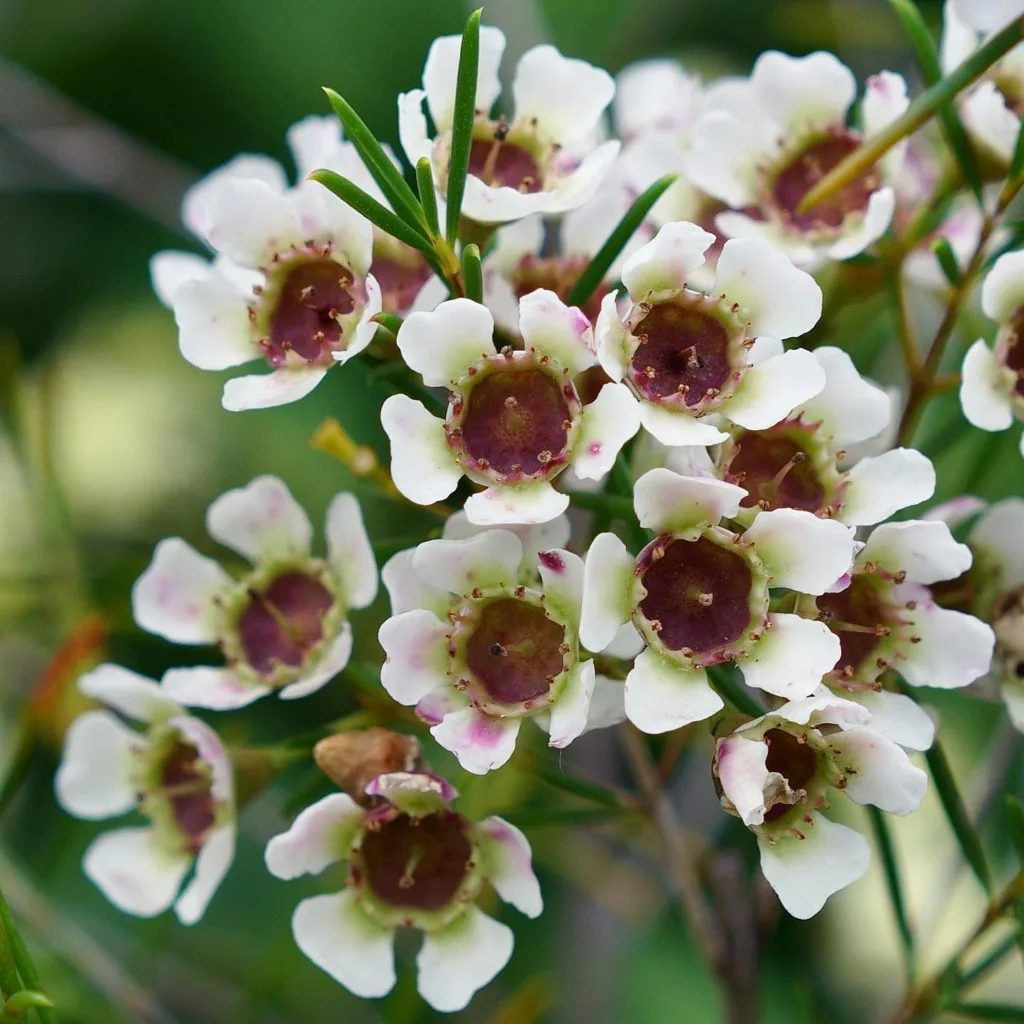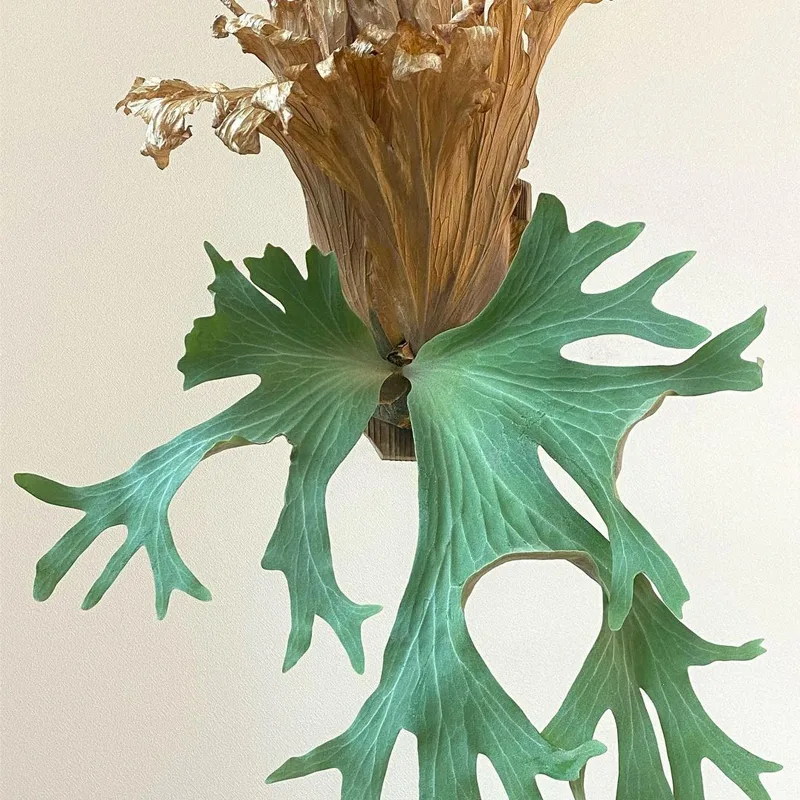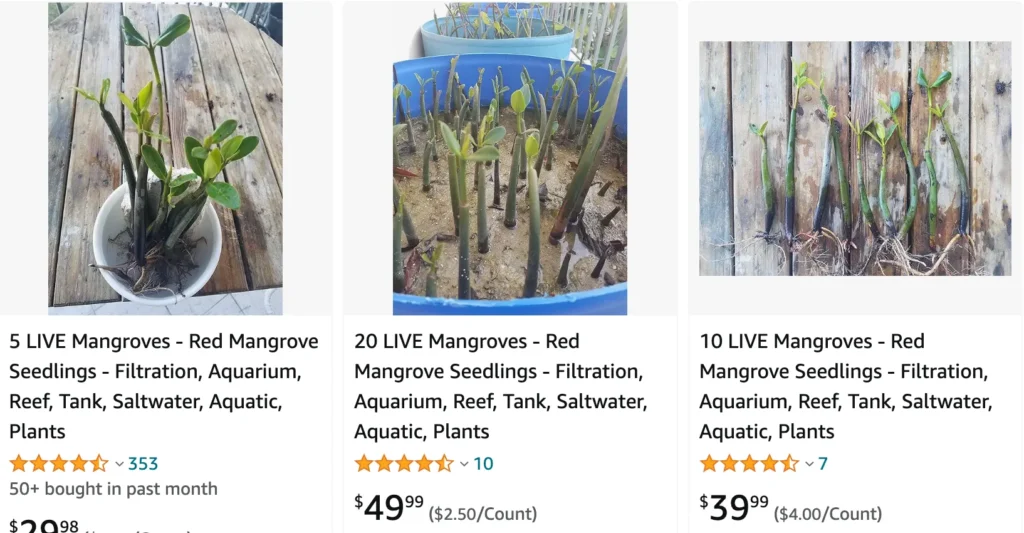
The Red Mangrove: A Stalwart of the Shore
The salty spray kissed my face as I waded deeper into the mangrove forest. A labyrinth of twisting roots and emerald canopies greeted me, a symphony of chirps and croaks filling the air. Here, amidst the brackish water, thrived the red mangrove, Rhizophora mangle.
These resilient trees have captivated me for years. Their unique adaptations to this harsh environment make them ecological champions. Today, I delve into the world of the red mangrove, exploring its fascinating biology and its role in the coastal ecosystem.
Does Rhizophora Mangle Have Cells with a Nucleus?
Absolutely! Rhizophora mangle is a eukaryotic organism, meaning its cells contain a well-defined nucleus. This nucleus houses the genetic blueprint, or DNA, of the red mangrove, dictating everything from its physical form to its tolerance for salty water.
What Does Rhizophora Mangle Mean?
The scientific name Rhizophora comes from the Greek words “rhiza” meaning “root” and “phoros” meaning “bearer,” a fitting description for the tree’s characteristic aerial roots. “Mangle” is derived from the Carib word “mangel,” referring to a tree with tangled roots – another apt description for the red mangrove’s intricate root system.
Unveiling the Red Wonder: A Closer Look
Red mangroves are easily identified by their tangled network of aerial roots that arch above the waterline. These “pneumatophores” allow the tree to breathe in oxygen, a vital adaptation in the oxygen-depleted mangrove mud.
But the red mangrove’s wonders extend beyond its roots. Unlike most trees that reproduce with seeds, the red mangrove is viviparous. The fertilized ovule develops into a propagule, a pod-like structure, while still attached to the parent tree. This propagule germinates and develops into a miniature mangrove seedling before detaching and floating away with the tide. This ingenious strategy ensures the successful dispersal of the next generation of red mangroves.
The Power of the Red Mangrove: Guardian of the Coast
Red mangroves are the backbone of coastal ecosystems. Their intricate root systems form a natural barrier, protecting shorelines from erosion caused by waves and storms. They also act as a nursery for marine life, providing shelter and food for fish, crabs, and other creatures.
The red mangrove’s filtration abilities are equally impressive. They absorb pollutants and nutrients from the water, preventing them from reaching sensitive coral reefs and seagrass meadows. In essence, these trees act as nature’s water purifiers.
A Call to Action: Protecting the Red Mangrove
Sadly, red mangrove forests are under threat due to human activities like coastal development and deforestation. The loss of these vital ecosystems has far-reaching consequences, impacting not just marine life but also coastal communities that rely on the protection they provide.
We can all play a role in safeguarding these red sentinels of the shore. Supporting organizations involved in mangrove conservation and advocating for sustainable coastal development are crucial steps. By appreciating the red mangrove’s unique biology and ecological significance, we can ensure its continued survival for generations to come.
This is just a glimpse into the fascinating world of Rhizophora mangle. There’s still much to discover about these remarkable trees, from their intricate root physiology to their complex interactions with the surrounding ecosystem. As we continue to learn, we gain a deeper appreciation for the vital role red mangroves play in maintaining the health of our planet.
If i die, water my plants!
